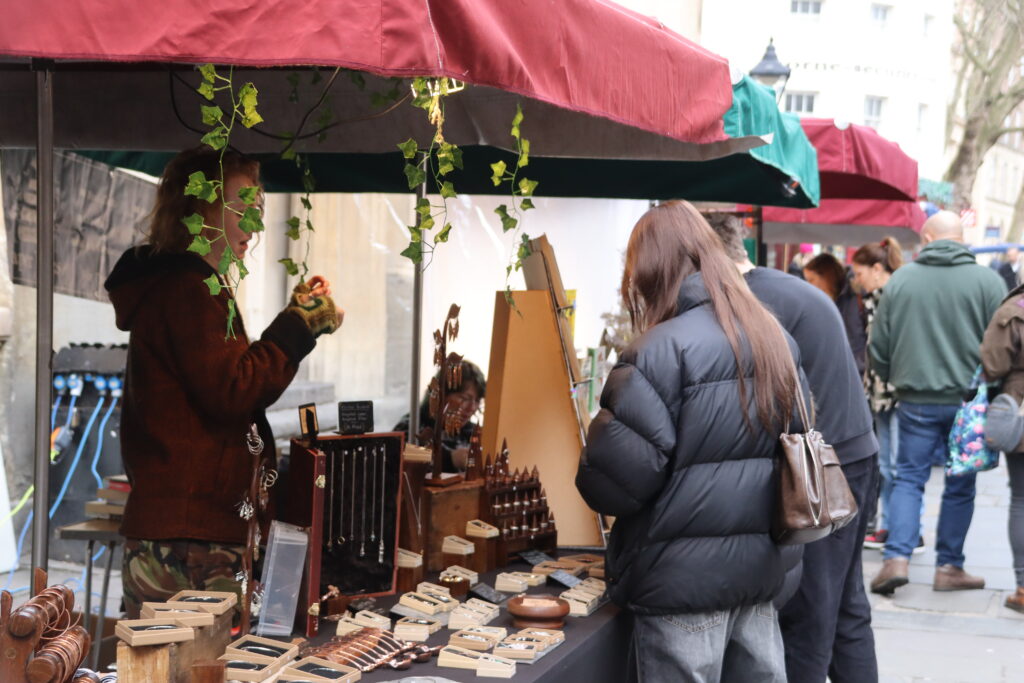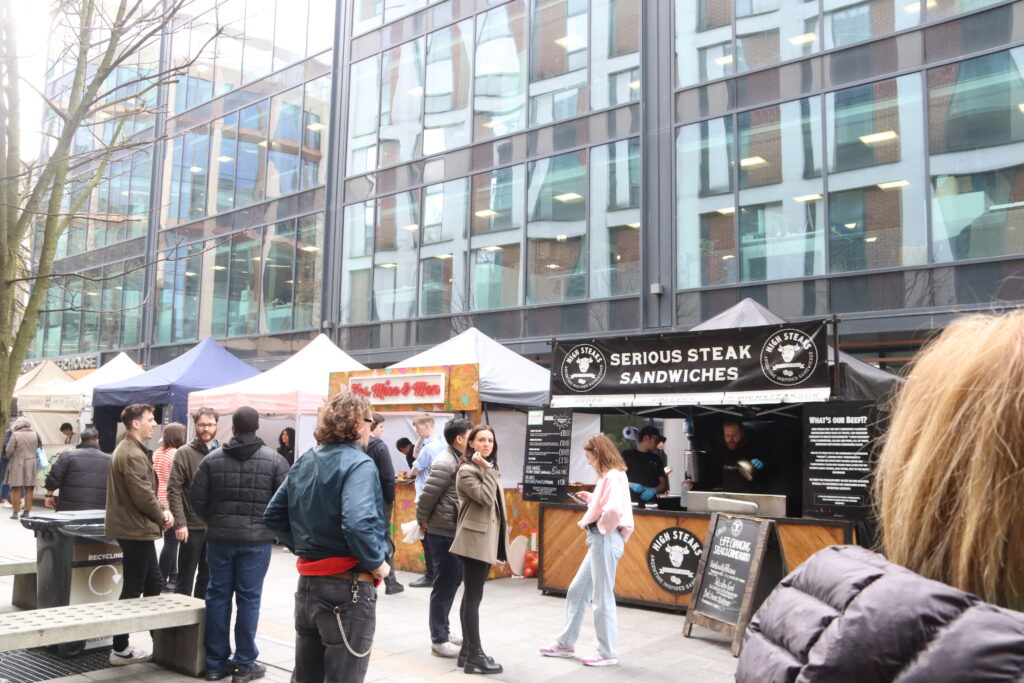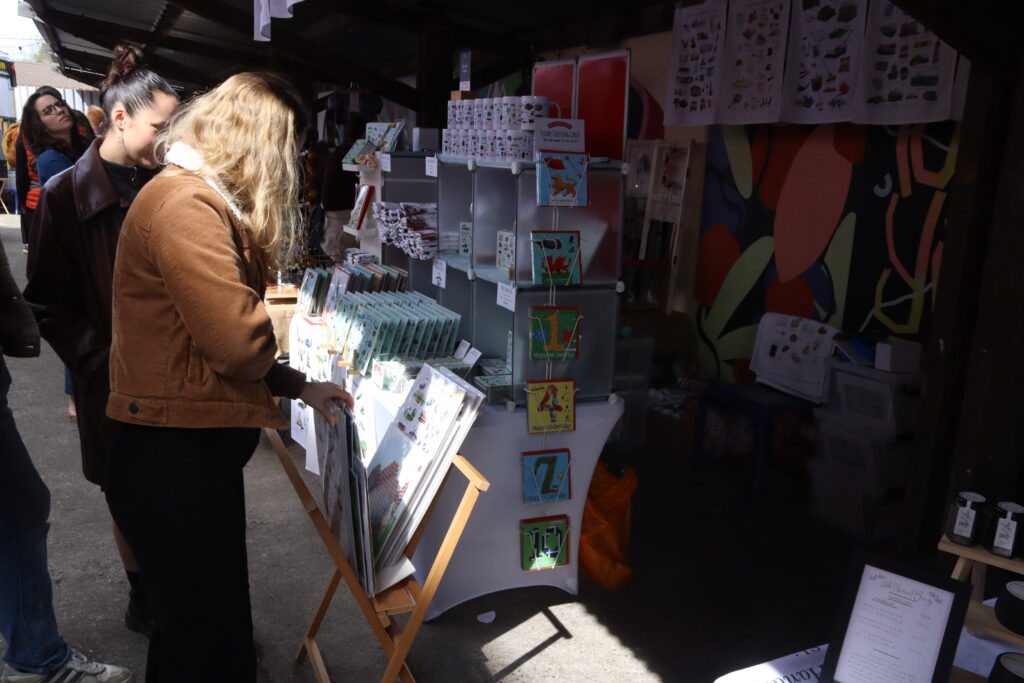Why Selling at Markets is a Great Opportunity for New Traders
Thinking about trading at markets for the first time? It can be an exciting way to sell your products at a low cost, allows you to test ideas and there is flexibility to trade as often or as little as you want, especially with options like one-day insurance. It is also a great way to connect with new customers directly, and grow your business, but the question is, how to become a market trader? Before you dive in, there are a few key things to consider ensuring a smooth and successful start and whether it is the right choice for you.

Start Small: Tips for First-Time Market Traders
In case this business adventure doesn’t work out, it is best to not overinvest and buy everything you will ever need for a market. Begin by attending smaller, local markets with low entry fees to test your products and gauge interest. Research the costs of setting up a market stall and prepare your budget accordingly.
Look for a market that provides market stall set up like a table and, if trading outdoors, a gazebo. This way, you can experience the market environment and setting up a market stall without committing to a large purchase. CMTIA’s one-day insurance is a great option for first-time traders to avoid long-term commitments.
Do You Have Enough Product?
It’s important to assess whether you have enough products to sell and if you can keep up with demand. If this is a side business or a hobby, attending a market every week might not be feasible if you can’t produce enough stock regularly. Be realistic about how often you can trade and whether it fits your schedule. Additionally, consider the market’s footfall, if it attracts a high number of visitors, you may need to bring more stock to meet potential demand.

How to Choose the Right Market for Your Products
Not all markets are the same, and the best fit will depend on your unique needs and the type of products you sell. If you’re in a highly competitive niche, you might prefer a smaller, local market to stand out. On the other hand, a larger market with high foot traffic could be ideal if you’re looking for more exposure. Consider factors like location, the number of visitors, and the presence of competitors; does the market attract the right audience for your products, and is there a lot of competition selling similar items? Also, think about the ease of setup, including parking, transport options, and venue amenities, for a smooth and stress-free trading experience. Research markets in your area that align with the types of products you sell, and if your product is niche consider smaller and local markets to avoid fierce competition. For traders in London, explore the options available for how to get a market stall in London for more competitive locations.
Essential Equipment & Setup Tips for Market Stalls
While it is best not to overinvest in this new venture, purchasing some essential equipment can make your stall look more inviting and professional. While you can simply place your products on a table and hope for the best, attracting customers requires a little extra effort. Decorating your stall does not need to be a costly step, for example using a nice tablecloth which contrasts with your products and make them pop. Use market stall set up ideas like tiered shelves or lighting to make your products stand out.

You can also buy tabletop shelfing to showcase your products at eye-level, so customers can better see from afar. Consider getting a custom sign, either featuring your business name or the products you sell, to better attract customers. You could also invest in business cards to leave a lasting impression on potential customers. This would also be handy if you don’t plan to go to markets again but sell online.
Do You Need Insurance?
Regardless of whether you will continue to trade at markets, having insurance is a must and is often needed by the market organiser to be able to trade at their market. Protect yourself from potential risks, especially when setting up a stall at a market with a high volume of foot traffic.
Depending on the market, a market stall licence may be required to legally sell your products. Public liability insurance is often a requirement for trading at markets, and CMTIA’s one-day insurance provides a flexible option for traders for one-off events.
If you plan on selling at multiple markets, it might be worth exploring annual insurance policies for more comprehensive coverage. But you do not need to commit to an annual policy or hard to get out of policy, you can apply for CMTIA’s One Day Insurance Policy starting at £27! Apply by filling out our 2-minute form and if successful your policy documents will be emailed to you within 20 minutes of completing the form.

How to Keep Your Stall Organised and Manage Stock
There are lots of different market stall ideas online and tips for how to set up a stall at a market. You need to figure out what works for your stall and best showcases your products. It is important to keep your stall tidy and organised to ensure a positive customer experience. Using clear signage and pricing will help customers navigate your stall and create an easier shopping experience. Make sure you have enough stock on hand for high-demand items, especially in busy markets with high footfall. Regularly check your stock levels throughout the day and refill when necessary and consider offering discounts or promotions to draw in customers and increase sales.
Why Choose CMTIA For Your Market Stall Insurance?
Choose CMTIA for hassle-free market stall insurance. Many markets require public liability insurance, and our One Day Policy offers a flexible, no-commitment option starting from £27. Apply in minutes, and if approved, receive your policy documents within 20 minutes. Protect yourself and trade with confidence!



